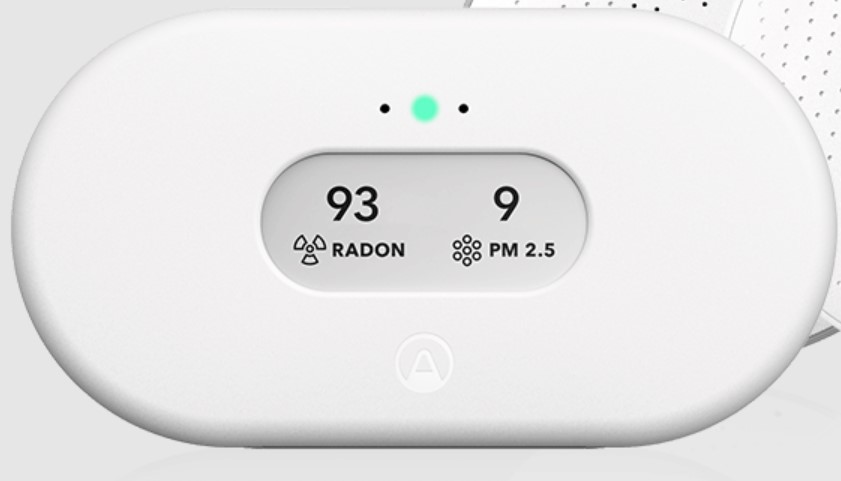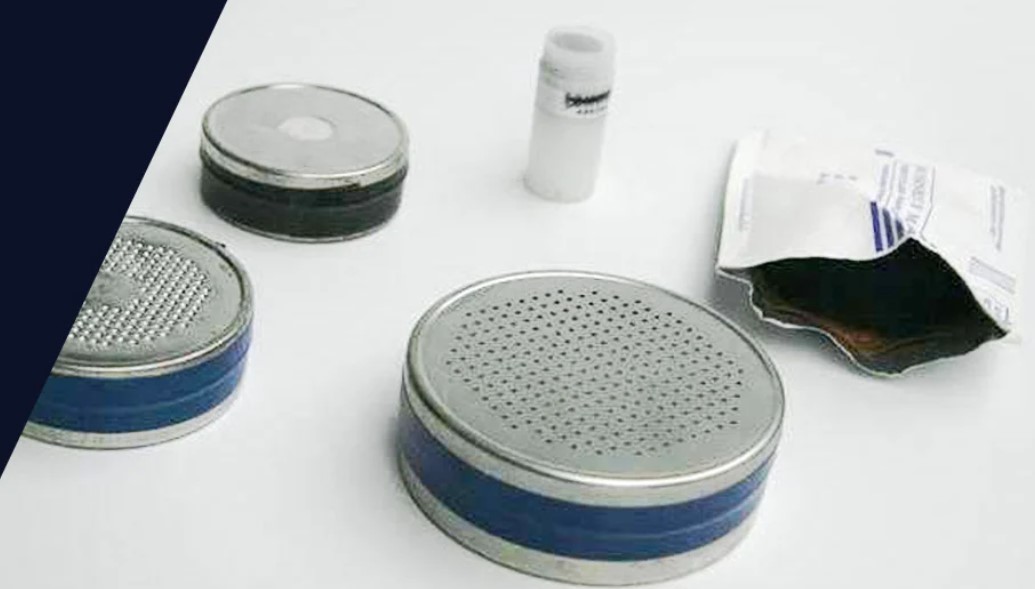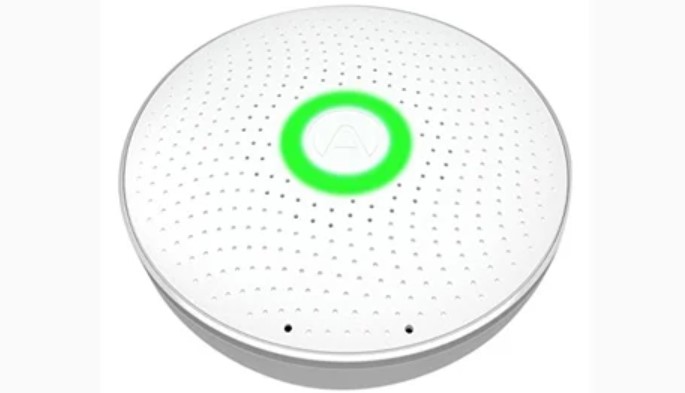The EPA categorizes radon as the leading cause of lung cancer among non-smokers in the USA. Approximately 21,000 people in the USA die yearly from radon-induced lung cancer. Therefore, it’s imperative to ensure that you and your family live in a home with low levels of radon gas.
A while back, you’d have to call in a professional to measure radon levels in your home. However, technology has improved to the extent that you can easily get a radon detector installed in your home.

Contents
How to use your AirThings radon detector
Here’s how to use your AirThings radon detector and interpret the results.
Step 1: Setting up the radon detector
The first thing you need to do is to insert batteries in your Radon detector. In some cases, the detector may come with its own batteries.
If it doesn’t, you need to get 3 AAA or 2 AA batteries, depending on the model of the detector.
On the other hand, if you have a plug-in model, proceed to plug it into the most central wall socket in the room where you want to perform the test.
Try and place it in the basement or ground floor, as that’s where most people report higher radon levels.
For a better user experience, download the Airthings app from Google PlayStore or Apple’s App Store and link it to your device as per the user manual instructions.
Step 2: Pairing your Radon detector with the AirThings Wave app
- Launch the Airthings Wave app
- Select Add New Device.
- Click Next.
- Click Start Pairing.
- Remove the clear plastic strips around the battery compartment of the radon detector and ensure it is powered on.
- Check if the Radon detector is showing in the app.
- Choose a room where you intend to place the detector from the app.
You’re now set up to receive radon readings from your smartphone. In the older AirThings models, you won’t need an app to read radon levels. The device itself will come with a small screen that displays current readings.
Step 3: Taking radon readings from your AirThings detector
As per World Health Organisation recommendations, all Airthings detectors have an activity level of 100Bq/m3 (Becquerels per cubic meter). This translates to about 2.7 pCi/L (picocuries per liter).
Anything between 100Bq/m3 and 200Bq/m3 and you should definitely raise concern. Anything above 300Bq/m3 is considered very dangerous.
Though the detector will show you the exact amount of radon in the air, it will also give you a color-coded result.
For example:
- Red means that the radon levels are extremely high, and you should seek help immediately
- Amber means there is a relatively high amount of radon, but you have time to seek help
- Green means the radon levels are manageable; hence it won’t cause any health problems
How do radon detectors work
Your radon detector is designed to test for the radon gas directly or for its sister gases resulting from radon decay.
Three of the main types of radon detectors include:
1. Alpha truck detectors
It comes fitted with a plastic film which stains the film, making the radon levels highly visible.
Afterward, the plastic film is to be taken to a laboratory to be chemically treated to magnify the radon gas particles making it easier to count.
2. Charcoal detectors

Charcoal absorbs radon and all its sister gases. It is then taken to the laboratory, and the particles are counted using sodium iodide.
Alternatively, the lab technician could transform the gas to light, allowing them to count the light particles using a liquid scintillation medium.
3. Electret ion detectors

These are designed with a Teflon disc that has been statistically charged.
When the radon hits the disc loaded with static charge, the electrical charge is reduced, and the lab technician will easily tell how much radon gas is there.
Wrapping up
Radon is undoubtedly one of the most dangerous gas, mainly because there is very little one can do to eliminate its presence aside from contacting a professional.
Instead of having to spend a lot on contacting companies to come to check radon levels for you, buy their detectors.
